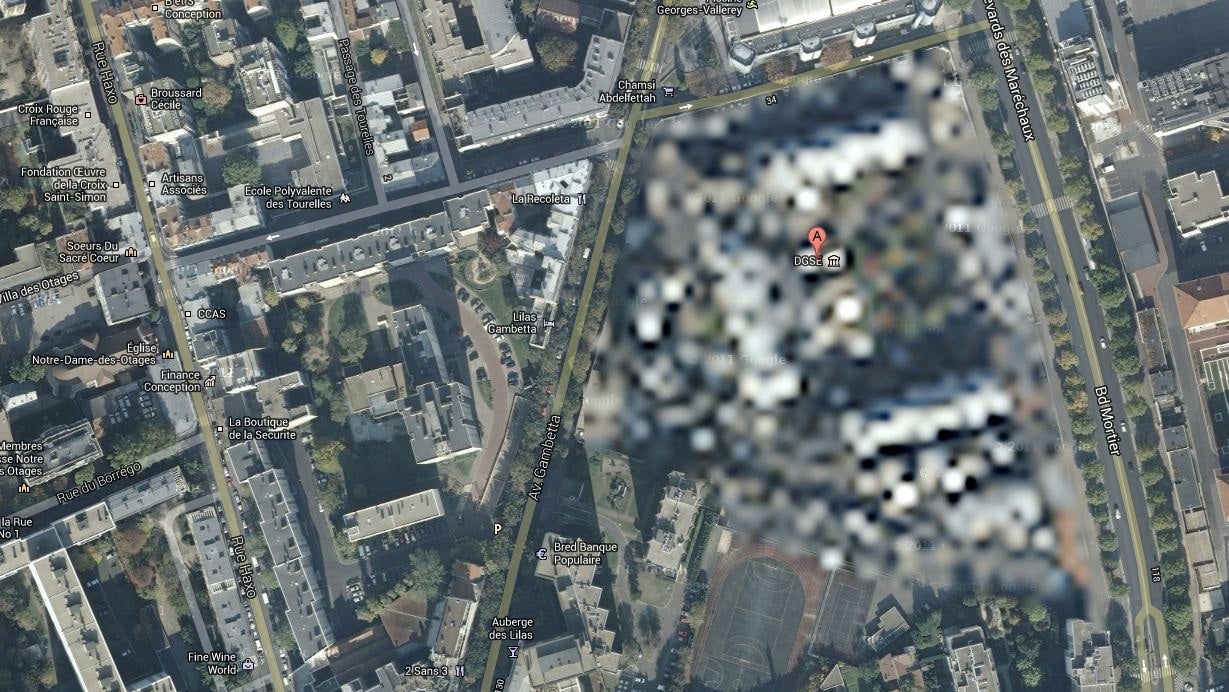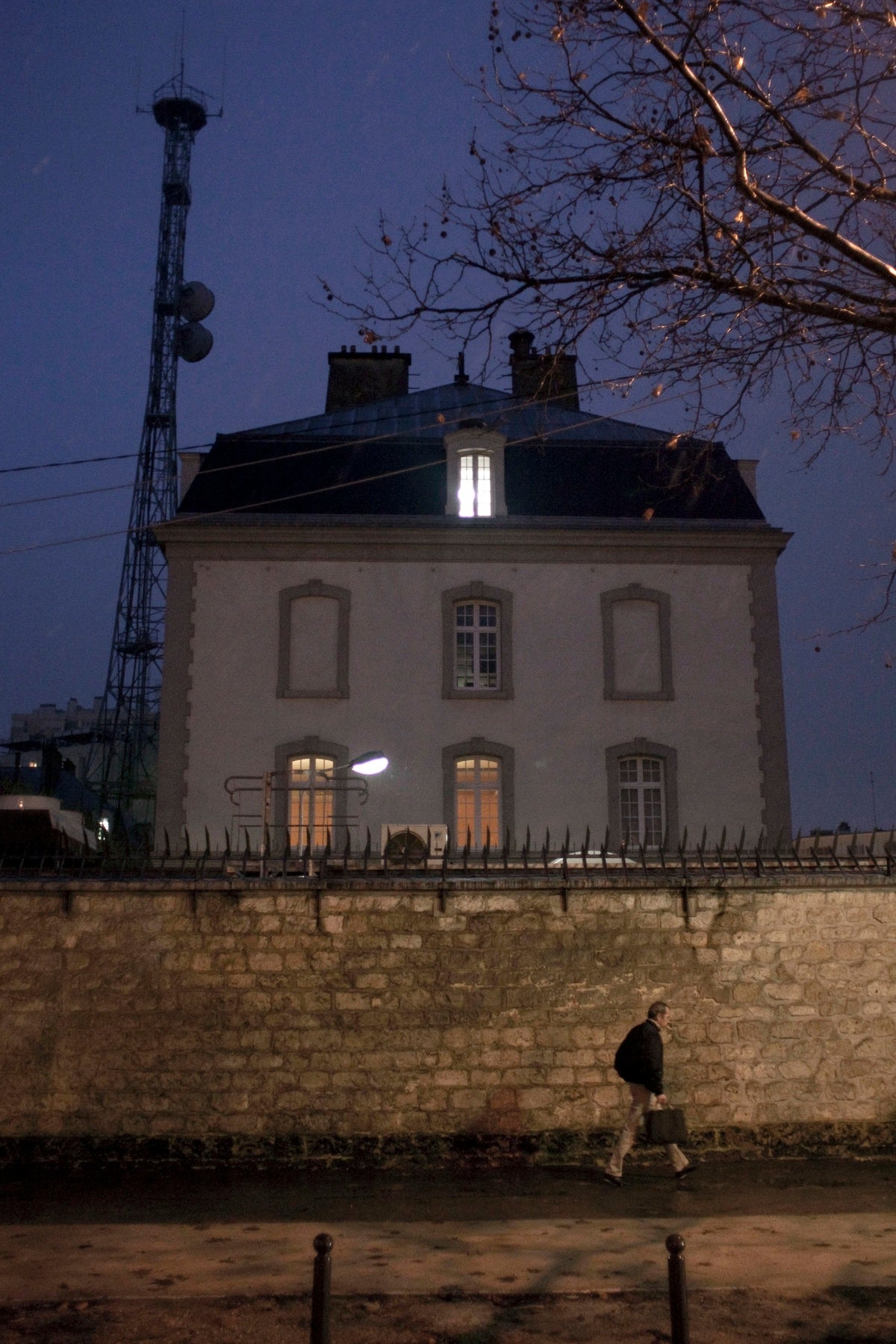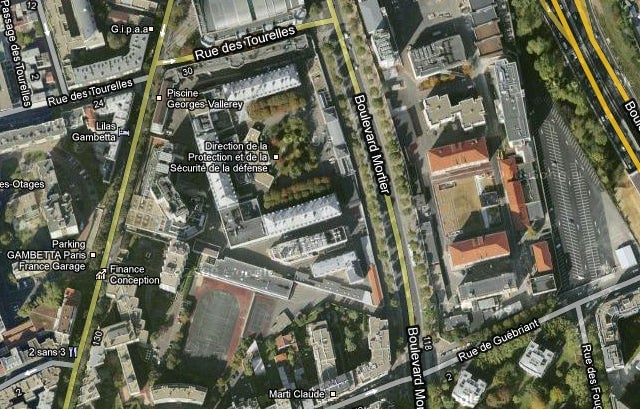Here’s the building where the PRISM of France is storing all its citizens’ data
Why didn’t French president François Hollande join the storm of criticism from EU member countries when it was revealed that the United States’ PRISM electronic surveillance program was spying on all internet traffic passing through the US? Perhaps because he knew that France has a similar program, alleges French newspaper Le Monde.


Why didn’t French president François Hollande join the storm of criticism from EU member countries when it was revealed that the United States’ PRISM electronic surveillance program was spying on all internet traffic passing through the US? Perhaps because he knew that France has a similar program, alleges French newspaper Le Monde.
“All of our communications are spied on,” reports Le Monde, citing unnamed intelligence sources. Data is gathered by the DGSE, France’s intelligence agency, and stored on a supercomputer capable of handling “tens of millions of gigabytes,” which is housed in the basement of the DGSE’s headquarters.

The DGSE is known as “the firm” (la boîte) in France, and the Paris building that houses it nicknamed “the swimming pool” (la piscine—it happens to be near a competition swimming complex.) Some spies who work for the organization (link in French) call it “the service” (le service.) Notably, while the DGSE is currently blurred out on the satellite view of Google Maps, as of February 2011 its distinctive shape was clearly visible.

Like the NSA’s various domestic and foreign spying operations, the DGSE is gathering both data from the internet and phone records, alleges Le Monde. If the program is as Le Monde describes it, it could be illegal under French law. Like the NSA’s program, France’s gathers “metadata” on phone calls—i.e., who called whom, and for how long—which researchers have shown can be quite revealing.
French officials have denied that the country’s own electronic surveillance program is illegal, but Le Monde reports that there are seven other French intelligence agencies which have access to the data and use it to spot individuals whose communications look “suspicious.” As with the NSA program, then, it appears that the DGSE’s efforts are a broad and comprehensive dragnet used to turn up likely targets for more intrusive surveillance, like phone tapping.